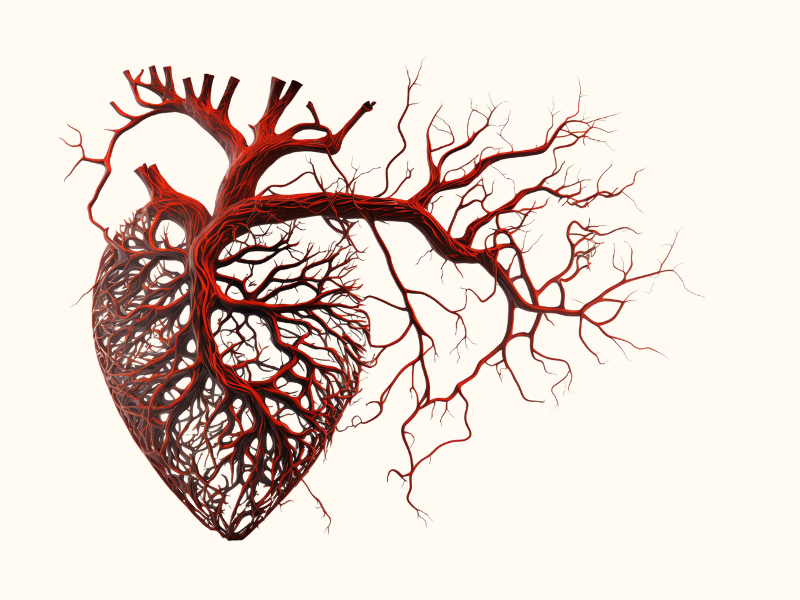14/01/2022
Keto Diet for Beginners – Covering the Basics
The keto diet is one of the most popular trends today in a healthy lifestyle.
Here you can find a short explanation of what it is and basic answers to the most popular questions.
By now, you’ve probably heard the buzz surrounding the keto lifestyle and wondered, “What’s all the hype about?” With results ranging from weight loss to improved brain function, this approach to healthy eating is well worth the attention it’s receiving.
You may be surprised to learn that people have been researching the benefits of the keto diet since as far back as the 1920s.
So, let’s take the mystery out of this ketogenic diet that has understandably had people talking for nearly a century.

Keto and Ketosis
What is Ketosis?
When you replace carbohydrates with healthy fats as your main source of nutrition, your body enters a metabolic state called ketosis.
As you continue eating a high-fat diet, the excess glucose stored in your body is depleted.
Your body becomes extremely efficient at burning fat for energy by producing ketones instead of glucose. A ketone is an acidic chemical that is released in the blood while you’re in ketosis.
What is the Keto Diet?
The keto diet finds its origins in studies aimed at treating epilepsy. Trials were conducted at the John Hopkins Medical Center in the 1920’s.
Researchers found that restricting food intake for periods of time, or fasting, yielded substantial health benefits and even reduced patients’ seizures.
Other notable advantages were improved heart health and insulin levels as well as weight loss. (1)
Since fasting is not sustainable long-term, the keto lifestyle was developed to imitate these positive results for the body.
The standard ketogenic diet (or keto for short) consists of high fat, medium protein, and very low carbohydrate intake. Carbohydrates, or carbs, are sugars and starches found in foods such as sweets, grains, dairy, and starchy vegetables.
Essentially, the idea is to train your body to process healthy fats instead of carbohydrates for energy by eating LCHF (low-carb, high-fat). A few examples of healthy fats would be avocados, cheese, whole eggs, or fatty fish.
Most of us would agree that we love eating carbs but hate the crash, as well as the several undesired consequences it often brings. When you eat a carb-heavy diet, your body stores fat while burning up glucose for energy.
On the keto diet, your body enters a state of ketosis, breaking down fat for energy instead. The switch from a high-sugar to a LCHF (Low-Carb, High-Fat) diet may feel like a drastic shift at first since sugar, bread, and pasta are central to many diets.
However, you’ll quickly find the keto lifestyle is absolutely attainable as you learn which foods to include and those to avoid.
How long does it take to get in to the ketogenic state?
Normally it takes up to two weeks to get into a ketogenic (fat burning) state. However, certain supplementation formulations can help you reach ketosis in a matter of only a few days.
One of these products is Keto Before 6™ from Quicksilver Scientific which actively speeds up the way into ketosis.
Lose Weight Without Counting Calories
Keto is an amazing way to lose weight without counting calories – you just have to eat the right food.
To reach ketosis, the recommended calories from fat, protein, and carbs to consume are 70-85 percent, 10-20 percent, and 5-10 percent, respectively.
This breakdown is a strict approach and can be slightly modified, if necessary, while you’re getting accustomed to the keto diet. A great starting point would be 30-50 grams of daily net carbs (total carbs – grams of fiber and sugar alcohols), with the intent to work down to 20 grams daily or less.
Simply put, you switch energy sources for your body from glucose to fat, yielding several health benefits.
Ideas for a Basic Keto Home Diet Plan
It all starts with a grocery list full of keto foods!
The easiest way to ensure your delicious meal is part of a keto diet plan is to make it yourself. The best part is that making food at home offers you the flexibility to get creative. You can even make desserts - those are some of our favorite keto diet recipes.
Things like keto cheesecake are quick and taste amazing. From snack to dinner ideas, check out these suggestions for simple and tasty meals at home.
What to eat for a Keto breakfast:
- Eggs
- Bacon
- Avocado
- Coffee
What to eat for a Keto lunch:
- Salad with MCT oil and vinegar
- Avocado
What to eat for a Keto dinner:
- Seared Salmon drenched in lemon butter
- Asparagus sauteed in butter and garlic
- Avocado
What to eat for a Keto dessert:
- Fudgy brownie
- A glass of unsweetened almond and cashew milk
Keto Supplement
Read More
References
1. Paoli. A, et. Al. : “Beyond weight loss: a review of the therapeutic uses of very-low-carbohydrate (ketogenic) diets” (European Journal of Clinical Nutrition, 2013 Aug; 67(8): 789–796), link: https://www.ncbi.nlm.nih.gov/pmc/articles/PMC3826507/, accessed 25 April 2019






